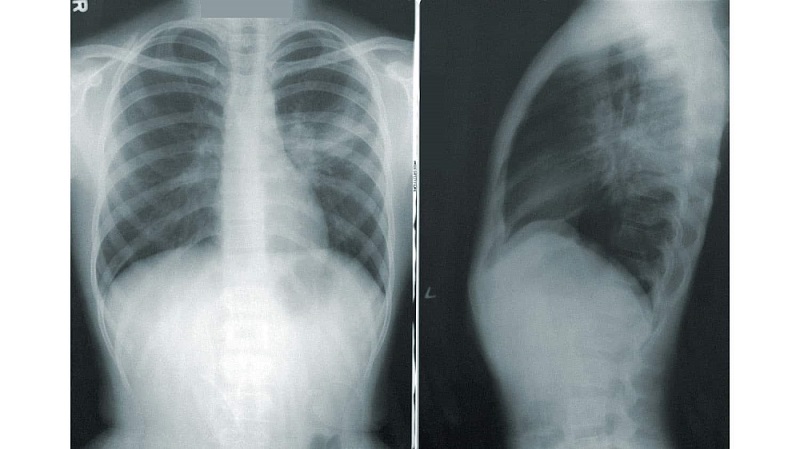Quantitative Ultrasound Parameters Offer New Tool for Diagnosing Lung Disease
Posted on 14 Aug 2024
Chronic interstitial lung diseases (ILDs) require regular point-of-care monitoring due to their persistent nature. Traditional X-ray methods are limited by lower resolution and ionizing radiation exposure. Chest CT scans, while detailed, are costly and also involve significant radiation exposure. Conventional ultrasound techniques can identify severe lung damage through the presence of vertical artifacts known as B-lines, but this data is qualitative and highly dependent on the operator and the ultrasound system used. Now, researchers have introduced innovative ultrasound-based biomarkers for a more precise assessment of ILD severity.
Researchers from North Carolina State University (Raleigh, NC, USA) have defined a set of ultrasound parameters that quantitatively evaluate various physical lung characteristics. These parameters have proven effective in both diagnosing and gauging the severity of lung diseases within an animal model. Diseases manifest in the lungs in diverse ways, altering aspects like the microstructure of the lung, tissue elasticity, and the type and volume of fluid present. Each alteration can be quantitatively measured using ultrasound. In their study published in Scientific Reports, the researchers aimed to identify specific parameters for these lung characteristics and to determine which parameters correlate with different lung diseases.

Initially, the team established parameters for a broad range of lung characteristics, such as alveolar density or fluid volume. They also adapted existing ultrasound parameters previously used for other organs to suit lung tissue assessment, culminating in a total of 60 different parameters. These were then applied to measure lung conditions in rats, which were either healthy or exhibited varying stages of fibrosis or edema—fibrosis being lung tissue scarring and edema referring to fluid accumulation. Statistical analysis helped identify which parameter combinations were linked to particular health conditions and were sensitive enough to indicate the severity of these conditions. They discovered that only five parameters were necessary to effectively assess both fibrosis and edema—three for fibrosis and two for edema.
The sensitivity of this new diagnostic tool was further validated through the treatment of fibrosis in rats; as the fibrotic rats received treatment, the tool accurately tracked improvements in their lung condition. The researchers have developed specialized data processing software that integrates with existing ultrasound machines, calculating the values for each parameter and determining biomarker scores for both edema and fibrosis. Future steps include computational simulations, in vitro tests, and animal model trials to confirm the efficacy of this method through thicker chest walls. If successful, the team plans to pursue clinical trials. The establishment of as many as 60 distinct parameters also creates the potential for this technique to be used for identifying diagnostic biomarkers for various other lung ailments.
“One of the challenges with many diagnostic tools is that there is often a trade-off between sensitivity and specificity,” said Marie Muller, co-senior author of a paper on the work and an associate professor of mechanical and aerospace engineering at North Carolina State University. “A highly sensitive test may virtually guarantee that you detect a problem, but it also usually means that there can be a lot of false positives. On the other hand, a highly specific test will almost never give you a false positive, but it may also miss quite a few health problems it is supposed to detect, or not be able to assess the severity of a specific disease. We’re excited about this new diagnostic tool because it is both highly sensitive and highly specific. And we’re able to have that combination of specificity and sensitivity because we are measuring multiple parameters.”
Related Links:
North Carolina State University














